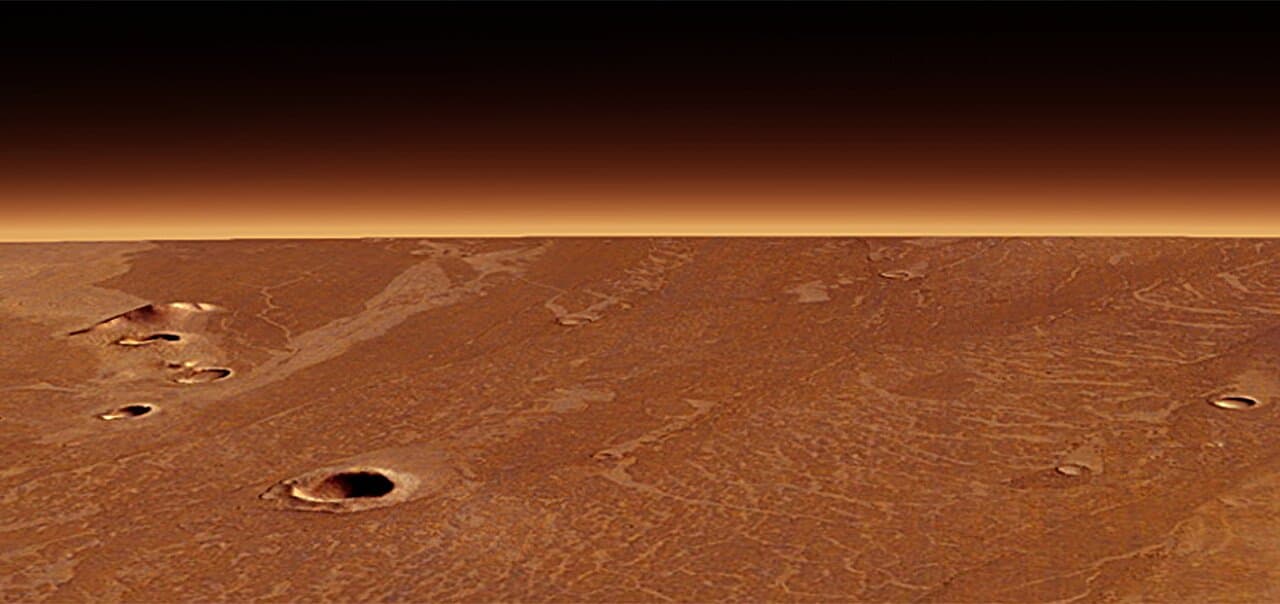While exploring the far side of the moon, China’s Chang’e-4 lunar rover has discovered an unusually colored, ‘gel-like’ substance. The discovery led to scientists postponing the driving plans for the rover and instead focus on discovering what the strange material is.

On July 28, the Yutu-2 science team at the Beijing Aerospace Control Center was preparing to power down the rover, a process that prevents the delicate machinery from overheating when the Sun is directly overhead.
But team member Yu Tianyi noticed something unusual in the crater while checking a panorama photographed by Yutu-2. So, the researchers kept the rover awake just a little bit longer, rolling it over to the crater for a better look.
Yutu-2 carefully approached the crater and then targeted the unusually colored material and its surroundings. The rover examined both areas with its Visible and Near-Infrared Spectrometer (VNIS), which detects light that is scattered or reflected off materials to reveal their makeup.
According to the rover’s drive diary, this material differed from the surrounding regolith in shape, color, and texture. No photos of the finding have been released yet, only one of the rover heading to the crater to look at what it’s inside.
Mission scientists haven’t offered any indication as to the nature of the colored substance and have said only that it is “gel-like” and has an “unusual color.” One possible explanation, outside researchers suggested, is that the substance is melt glass created from meteorites striking the surface of the moon.
This is not the first-time scientists get surprised by a lunar discovery. Apollo 17 astronaut Harrison Schmitt discovered orange-colored soil near the mission’s Taurus-Littrow landing site in 1972. Lunar geologists eventually concluded that the orange soil was created during an explosive volcanic eruption 3.64 billion years ago.
The Chinese lunar rover launched in early December 201 and made the first-ever soft landing on the far side of the moon in January. 3. The Yutu-2 rover had covered a total of 890 feet (271 meters) by the end of lunar day 8. Now, during lunar day 9, Yutu-2 will continue its journey west.









